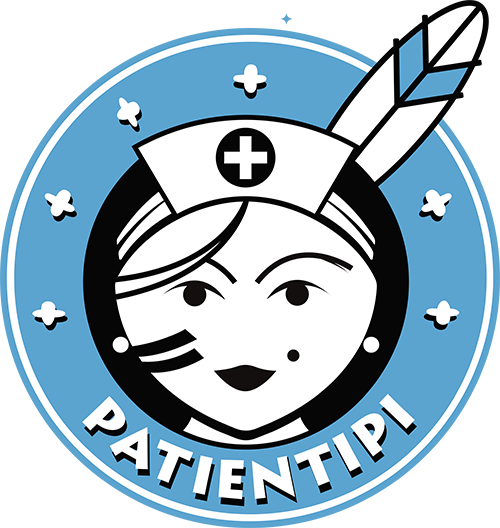INDIA
Dear fellow caregivers,
You are welcoming a patient from India.
Here is a list of useful information to know in the context of their medical care.
General Information
Distance Paris ✈ New Delhi: 4089 miles
1.2 billion inhabitants / Average salary: $178 per month
Literacy rate: 71.2% / Life expectancy: 69 years
Spoken languages : Hindi, English.
● In some regions/families, female circumcision is still a common practice.
● India decriminalized homosexuality in 2018.
● There is a caste system in Indian society.
● The most common infectious diseases are: COVID-19, chikungunya, dengue, Japanese encephalitis, yellow fever, hepatitis A and B, malaria, rabies, tuberculosis, typhoid and Zika.
Communication
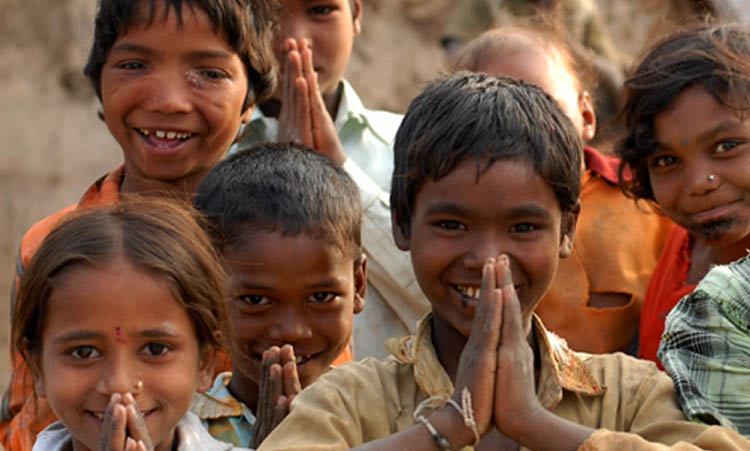
● Indians greet each other by saying “namaste” and joining their hands in front of their chest and bowing slightly.
● Any gesture with the fingers is considered rude.
● An older Indian touching your head is considered a blessing.
● Whistling can be considered rude. The wink, it has a vulgar connotation.
● Exposing the soles of your feet is considered rude.
● It is best for caregivers to speak to the head of the family first when discussing medical or other problems. The head of the family will let you know what decisions have been made. Indian women tend to rely on their husbands to answer questions (if he is present).
Beliefs, Practices & Rituals
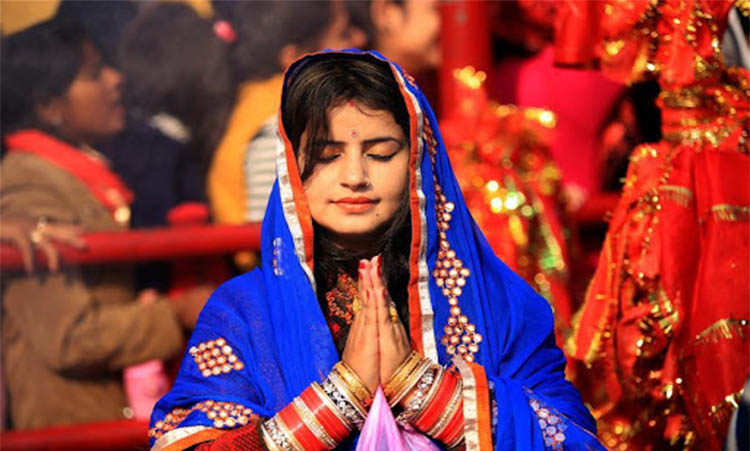
● The most important characteristic in religious ritual is the division between purity and pollution. Purification, usually with water, is a typical feature of most religious actions.
● Sacrifice is considered sacred and may include offerings with the preparation of the sacred space, recitation of texts and handling of objects.
● The concept of merit, acquired through the accomplishment of charitable works or good deeds, accumulates over time and can reduce suffering in the next life.
● The most important times of the day for performing rituals are dawn and dusk, although some dedicated families may do them more often.
● Ayurveda helps to correct many functional disorders (constipation, headaches, allergies, chronic ENT infections, digestive or joint pain, fatigue, stress, painful periods…).
● There is a belief that the toilet is a dirty place that repels deities.
In some regions/families, excision is still a common practice.
Excision can be the cause of psychological as well as physical disorders, such as pain in the lower abdomen and/or vagina.
Eating habits
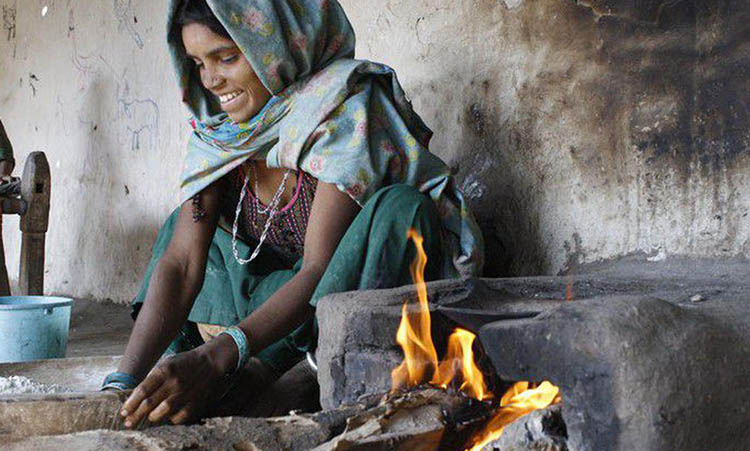
● The left hand is considered dirty. Use only the right hand to eat or to give someone a dish or something else.
● Beef is generally forbidden. The cow is the sacred animal of India. Many Indians are vegetarians. Rice, lentils and wheat are the staple foods.
● Indians avoid drinking alcohol. They prefer to drink water, tea or coffee. In addition, many Indians are lactose intolerant.
● They rinse their mouths and wash their hands before and after meals.
● Once the food has been transferred from the common dish to their plate, Indians eat with their hands. Once food is on a plate, it cannot be shared.
● Fasting can be practiced and could affect dietary treatments.
Pregnancy and motherhood
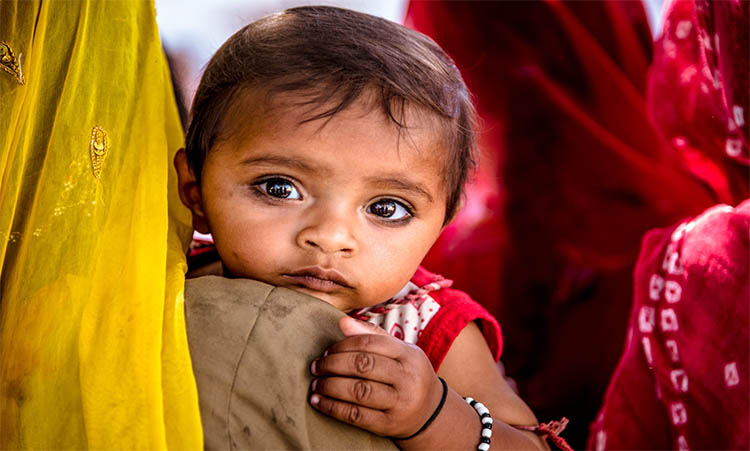
● Pregnancy is perceived as a “hot” condition and should be treated with “cold” foods such as milk, vegetables and acidic foods.
● Most attention is focused on the first pregnancy as it signifies the entry into a woman’s fertile life.
● The pregnant woman lives her pregnancy in expectation of a boy, because only this would give her real status and recognition within her in-laws.
● A small black dot is drawn on the child’s forehead or cheek with kajal (a black paste made by craftsmen), to symbolically “ugly it up” and thus ward off the evil eye (“nazar”). It is also said that kajal is good for the eyes. It is therefore used to draw a black line under each eye of the child, from the eleventh day of life.
A patient who has undergone an excision may be subject to complications during childbirth, such as a star-shaped tear of the perineum.
End-of-life care
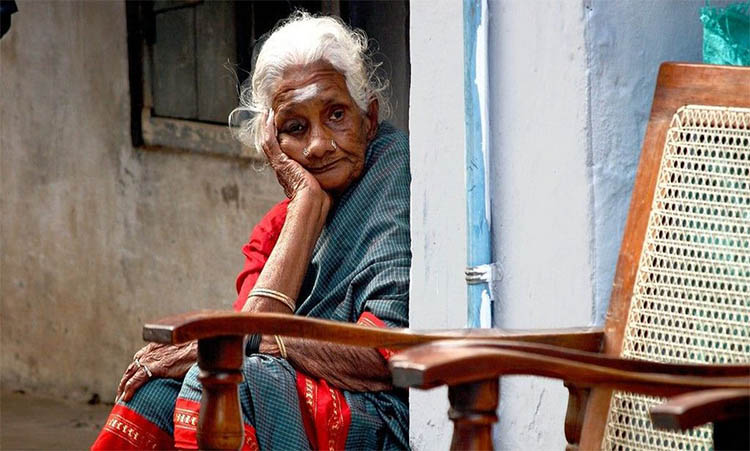
● The eldest son is responsible for the proper conduct and execution of the rites.
● The family may request privacy to wash and prepare the body of the deceased.
● Hindus usually cremate the body, preferably on the day of death. Relatives may therefore ask for the body to be returned home quickly.
● Some Indians have the will to die in peace and dignity, without suffering. They may therefore make the choice to let themselves die (refusal of treatment, request for cessation of food and artificial hydration).
● In India, the use of palliative care is relatively recent and remains rare. Knowledge in this field is therefore still limited.
● Most Indian patients prefer to spend the last moments of their lives at home.
Examples
This section allows people to share experiences. Feel free to share yours with the community.
● Cleveland Clinic – Diversity Toolkit
● Picoti Magazine – Etre bébé en Inde
● Todaysclinician.com – The Quality of End of Life Care in India and The Measures
● Towards Improvement
● Excision Parlons-En – Cartographie Mondiale des Pratiques d’Excision
● UNICEF – Mutilations Génitales Féminines / Excision
